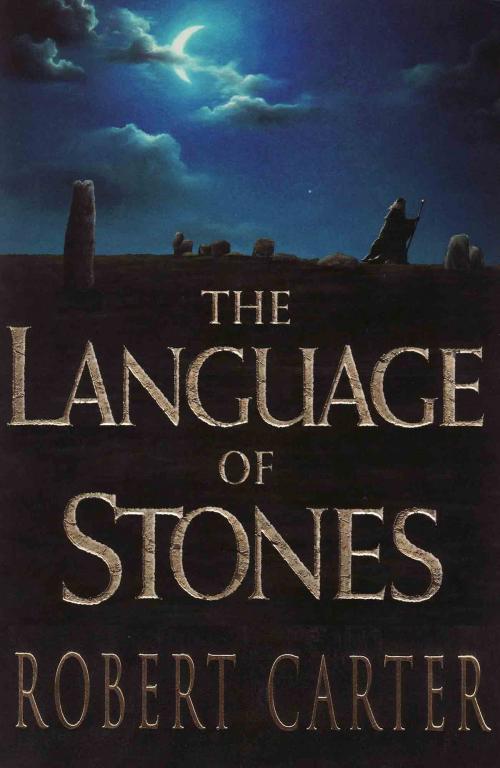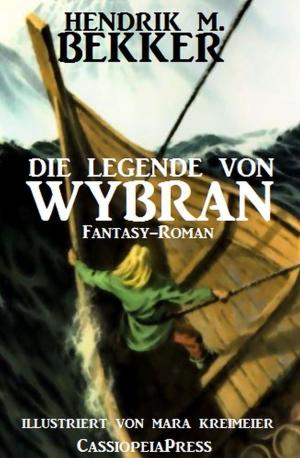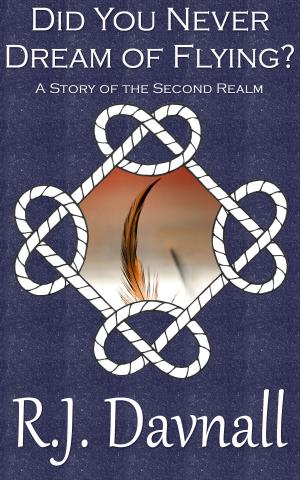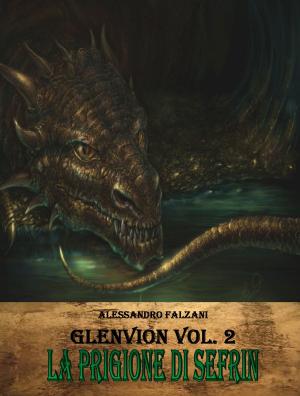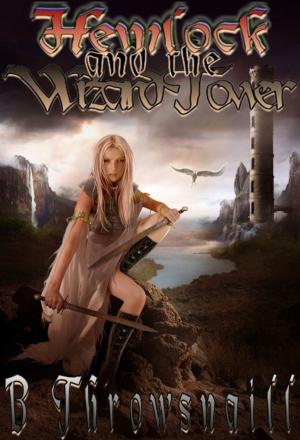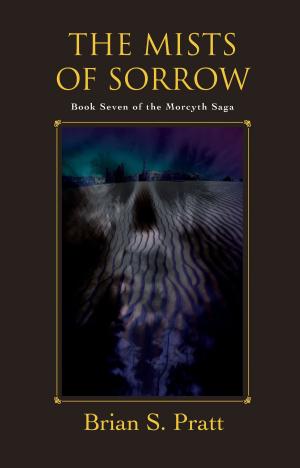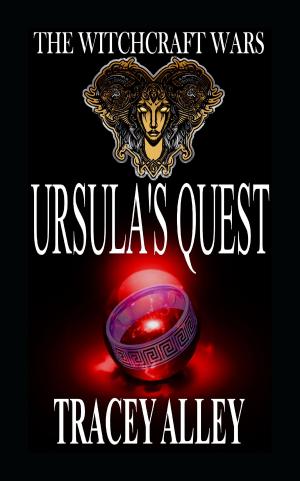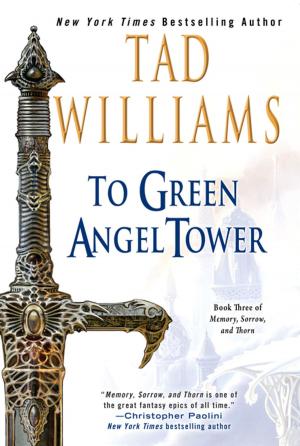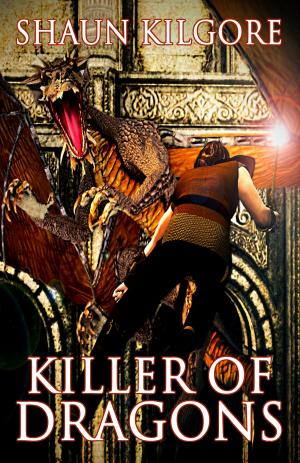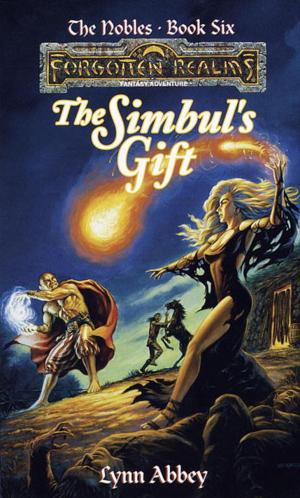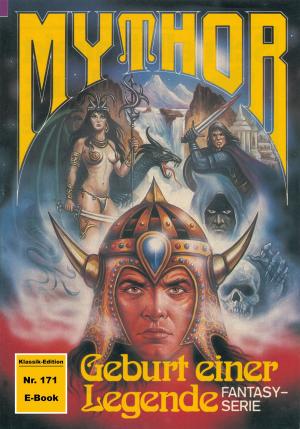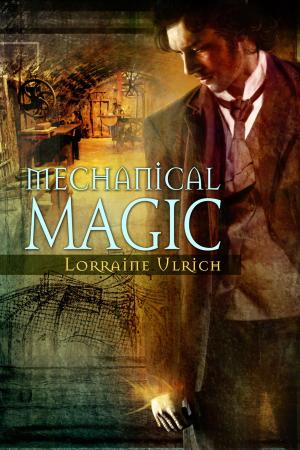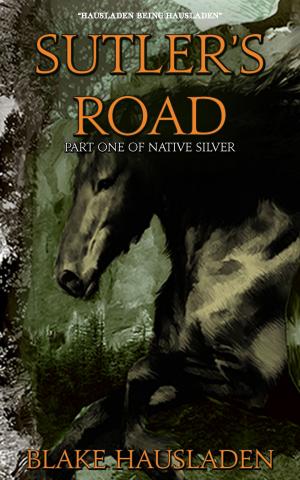| Author: | Robert Carter | ISBN: | 9781476249810 |
| Publisher: | Robert Carter | Publication: | June 11, 2012 |
| Imprint: | Smashwords Edition | Language: | English |
| Author: | Robert Carter |
| ISBN: | 9781476249810 |
| Publisher: | Robert Carter |
| Publication: | June 11, 2012 |
| Imprint: | Smashwords Edition |
| Language: | English |
After writing four substantial historical novels, I decided to write a fantasy trilogy!
In terms of inspiration, I have to offer a deep bow of respect to JRR Tolkien, who wrote the first novel that I ever read with any pleasure (The Hobbit), and to whom I certainly owe my career as a writer.
My trilogy grew from two main roots. The first is my love of the British countryside, and the second is my interest in British mythic history. While researching the books I visited as many castles, cathedrals and manor houses as I could find. I looked out for anywhere that could help me give a strong flavour of the mediaeval period to the books.
For many years I had wanted to write something set in the most fascinating period of English history, which for me was the fifteenth century, the time of the Wars of the Roses. In the event I chose to give the setting a rather interesting twist by making it a "parallel “Britain, the one in which the strange fancies taught by mediaeval scholars were actual fact.
This, of course, meant populating the land with dragons and other heraldic beasts. It also meant making magic a fact and bringing in many of the other elements that make up our rich mythic heritage. It has a slightly more serious aspect in that I wanted to develop a different approach to the usual "good versus evil “ideas of mainstream fantasy.
I got the idea of the stones from the time when I as an oilfield geologist in various places around the world, so I have a professional interest in rocks. As for the idea of geomancy, I spent time surveying in China where "feng shui" a system of geomantic divination, which might be lightly described as "earth acupuncture", is practised very seriously. So far as England is concerned, Stonehenge and the many other stone circles to be found in the countryside fascinated me. I'd also read the classic work on leylines from the 1920's by Alfred Watkins called "The Old Straight Track", which talks about invisible lines of power in the earth. I thought that playing around with some of those ideas might make a good dramatic basis for a story.
It is a curious fact, and one which led to the first ideas for the trilogy, that if the dozen or so main Roses battle sites are plotted on a map of England, then three concentric triangles can be drawn through all but a couple of them. I extended the lines of these triangles to create the system of ligns called in the books ‘the lorc.’
I have visited all the locations: I spent a lot of time roaming around England, visiting places like Avebury and various earthworks, barrows and standing stones. Sit inside an ancient stone circle throughout the night and you’ll begin to feel the magic of the Realm.
Having said that, "The Language of Stones" trilogy isn’t set in our world. The Realm is a place where a kind of magic flows in the veins of the earth and is used by wizards and misused by sorcerers. It's a big country which takes days and days to journey across. Gwydion is a Merlin-like figure and there are other links with Arthurian legend.
"The Language of Stones" can be seen as an extension to Arthurian writings because, and if I can say so without giving too much away, it does take up the question of Arthur in a big way. It's perhaps worth remembering too that Sir Thomas Malory was writing the “Morte d'Arthur" during the Wars of the Roses period, so there's a link there too. I had wonderful fun drawing together elements to form the gigantic back story to the tale, which is glimpsed by the reader from time to time. An entire mythic history exists now, spanning ten thousand years and the middle parts of it are loosely based on Geoffrey of Monmouth, who wrote the "Historia", by far England's best selling mediaeval history book.
After writing four substantial historical novels, I decided to write a fantasy trilogy!
In terms of inspiration, I have to offer a deep bow of respect to JRR Tolkien, who wrote the first novel that I ever read with any pleasure (The Hobbit), and to whom I certainly owe my career as a writer.
My trilogy grew from two main roots. The first is my love of the British countryside, and the second is my interest in British mythic history. While researching the books I visited as many castles, cathedrals and manor houses as I could find. I looked out for anywhere that could help me give a strong flavour of the mediaeval period to the books.
For many years I had wanted to write something set in the most fascinating period of English history, which for me was the fifteenth century, the time of the Wars of the Roses. In the event I chose to give the setting a rather interesting twist by making it a "parallel “Britain, the one in which the strange fancies taught by mediaeval scholars were actual fact.
This, of course, meant populating the land with dragons and other heraldic beasts. It also meant making magic a fact and bringing in many of the other elements that make up our rich mythic heritage. It has a slightly more serious aspect in that I wanted to develop a different approach to the usual "good versus evil “ideas of mainstream fantasy.
I got the idea of the stones from the time when I as an oilfield geologist in various places around the world, so I have a professional interest in rocks. As for the idea of geomancy, I spent time surveying in China where "feng shui" a system of geomantic divination, which might be lightly described as "earth acupuncture", is practised very seriously. So far as England is concerned, Stonehenge and the many other stone circles to be found in the countryside fascinated me. I'd also read the classic work on leylines from the 1920's by Alfred Watkins called "The Old Straight Track", which talks about invisible lines of power in the earth. I thought that playing around with some of those ideas might make a good dramatic basis for a story.
It is a curious fact, and one which led to the first ideas for the trilogy, that if the dozen or so main Roses battle sites are plotted on a map of England, then three concentric triangles can be drawn through all but a couple of them. I extended the lines of these triangles to create the system of ligns called in the books ‘the lorc.’
I have visited all the locations: I spent a lot of time roaming around England, visiting places like Avebury and various earthworks, barrows and standing stones. Sit inside an ancient stone circle throughout the night and you’ll begin to feel the magic of the Realm.
Having said that, "The Language of Stones" trilogy isn’t set in our world. The Realm is a place where a kind of magic flows in the veins of the earth and is used by wizards and misused by sorcerers. It's a big country which takes days and days to journey across. Gwydion is a Merlin-like figure and there are other links with Arthurian legend.
"The Language of Stones" can be seen as an extension to Arthurian writings because, and if I can say so without giving too much away, it does take up the question of Arthur in a big way. It's perhaps worth remembering too that Sir Thomas Malory was writing the “Morte d'Arthur" during the Wars of the Roses period, so there's a link there too. I had wonderful fun drawing together elements to form the gigantic back story to the tale, which is glimpsed by the reader from time to time. An entire mythic history exists now, spanning ten thousand years and the middle parts of it are loosely based on Geoffrey of Monmouth, who wrote the "Historia", by far England's best selling mediaeval history book.
